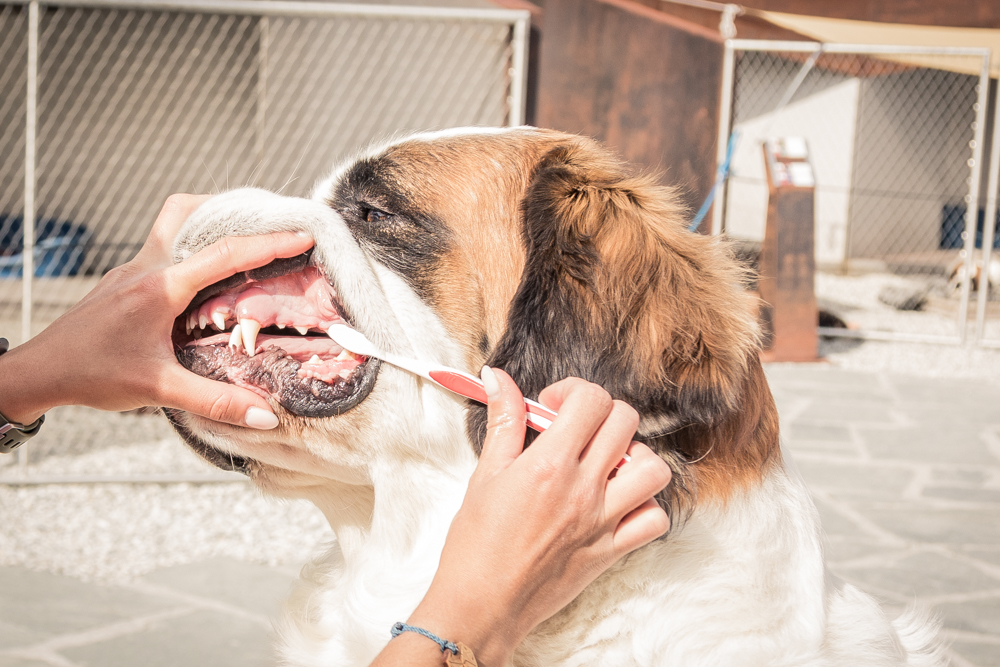
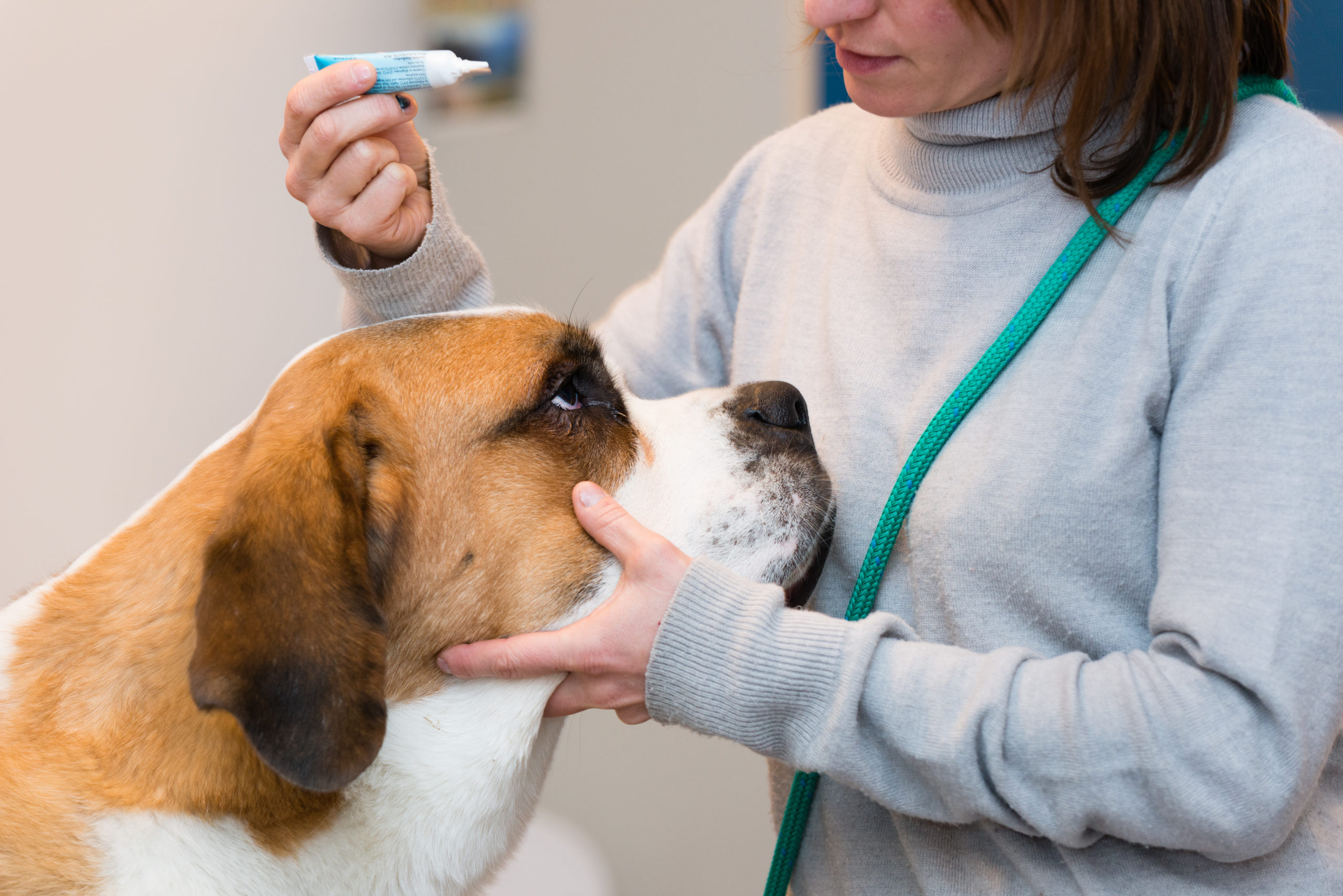
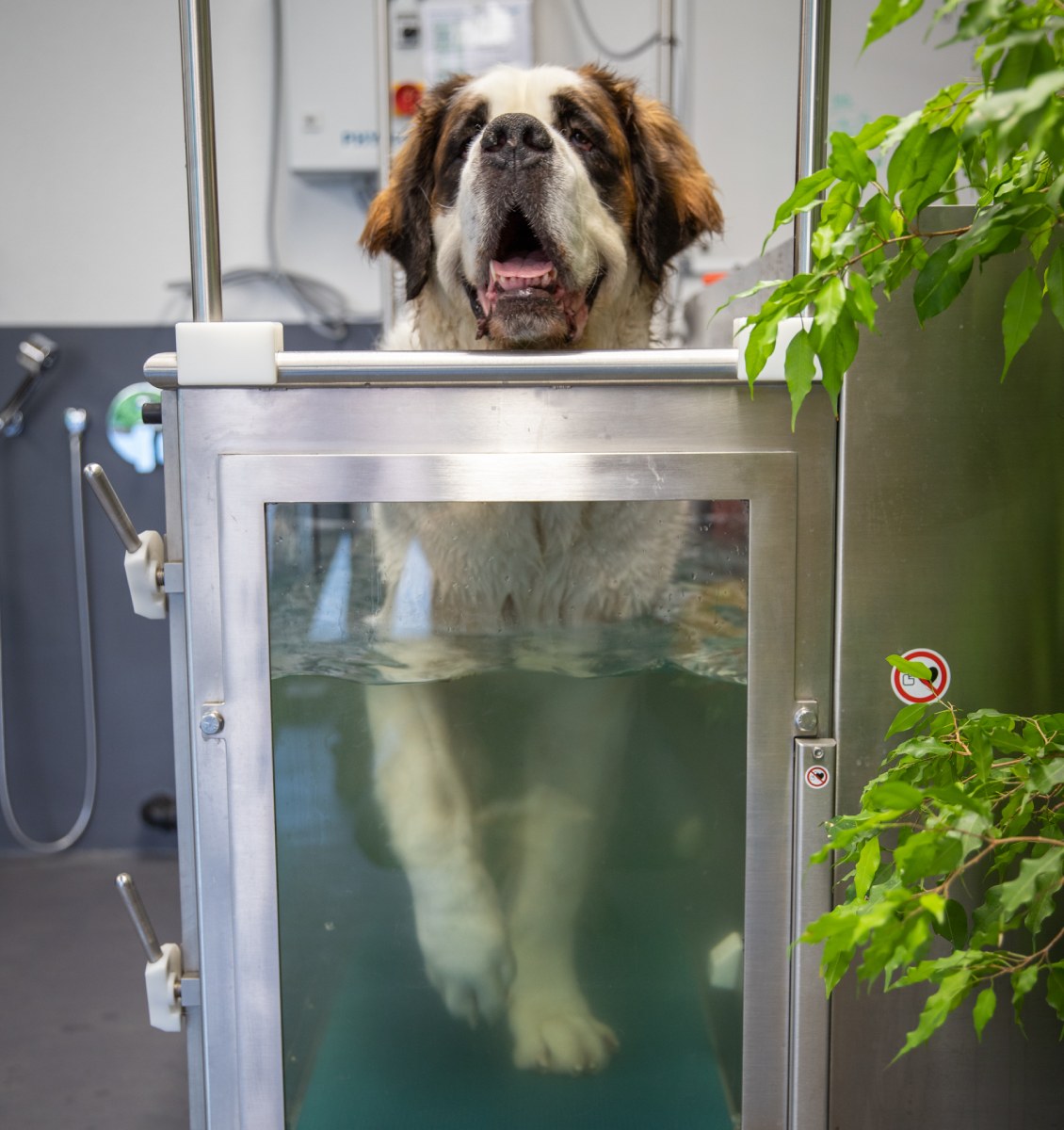
High-quality breeding
The Barry Foundation ensures that its dogs are in good health through rigorous selection in breeding. It makes every effort to ensure that no disease or infirmity is passed on to subsequent generations. If there is any doubt, we prefer not to pursue the breeding with the bloodline concerned. Breeding St. Bernards is a particularly demanding exercise as the choice for reproduction purposes is limited. Carefully planned mating aims to produce healthy and athletic dogs that closely match our image of the ideal St. Bernard.
Diseases and infirmities
Like other breeds of dog, St. Bernards are not immune to diseases or infirmities. St. Bernards can suffer from serious dysplasia or entropion (inward folding of the eyelid).
Prevention
Careful daily monitoring of our dogs is the best form of prevention in order to detect and promptly treat any diseases or infirmities. Our St. Bernards’ claws are trimmed on a regular basis and their teeth are cleaned by our animal keepers. Every year, our dogs are examined and vaccinated by a veterinarian. They are also taken to see a specialist in veterinary cardiology every two years in order to avoid the genetic inheritance of heart disease within our breeding programme. When they reach the age of seven or eight, all our dogs undergo a detailed geriatric examination.
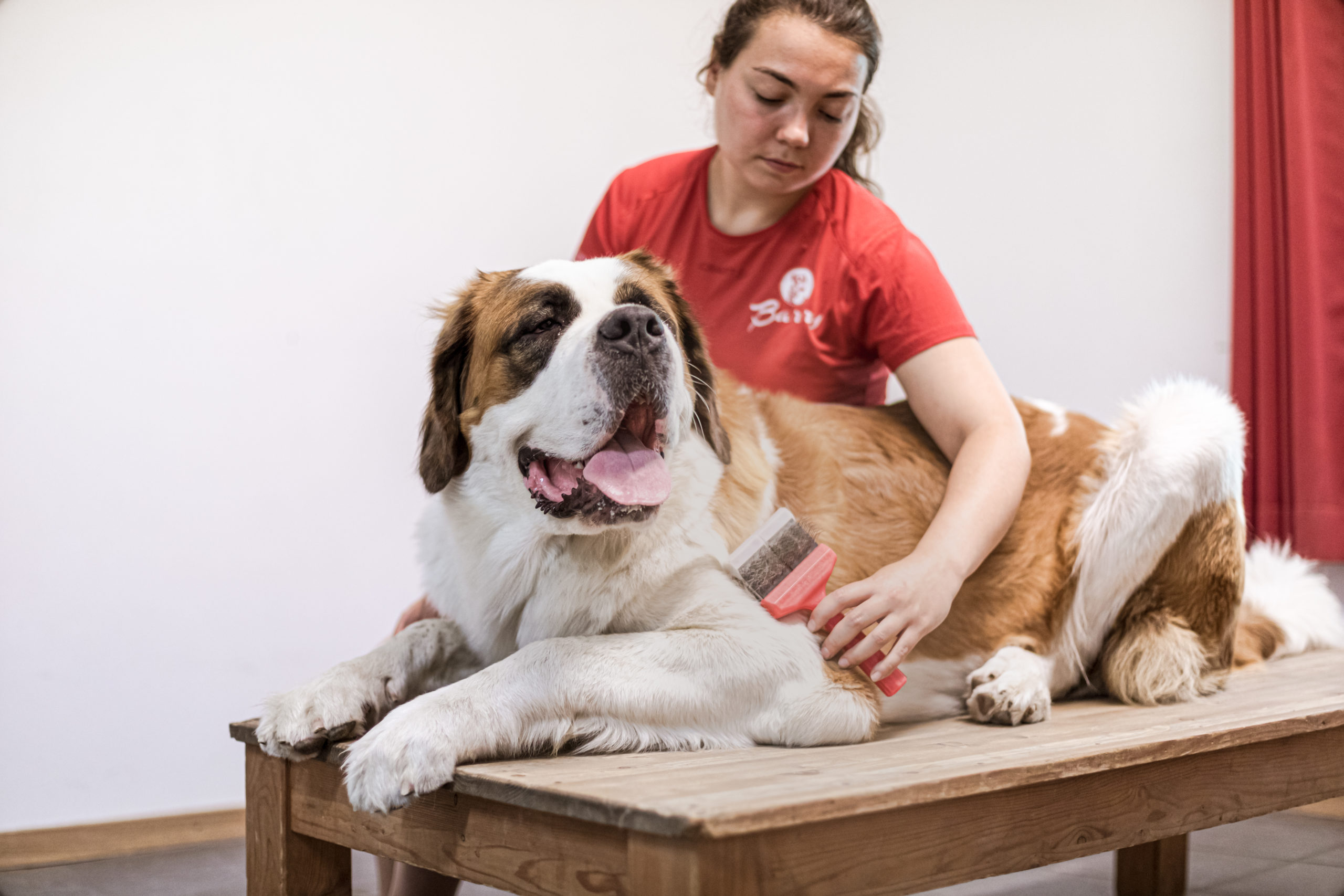
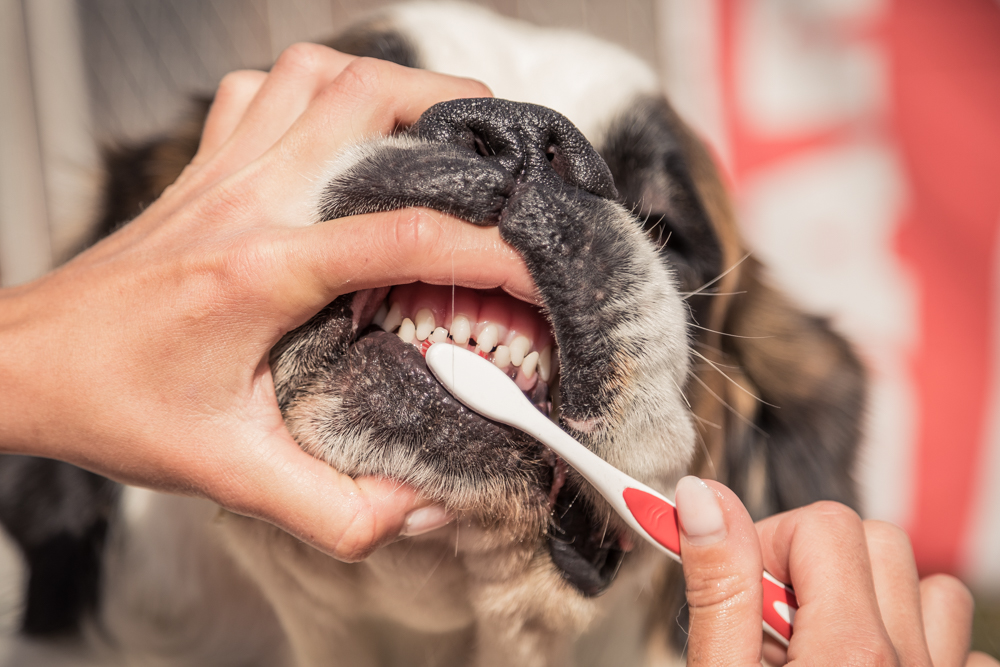
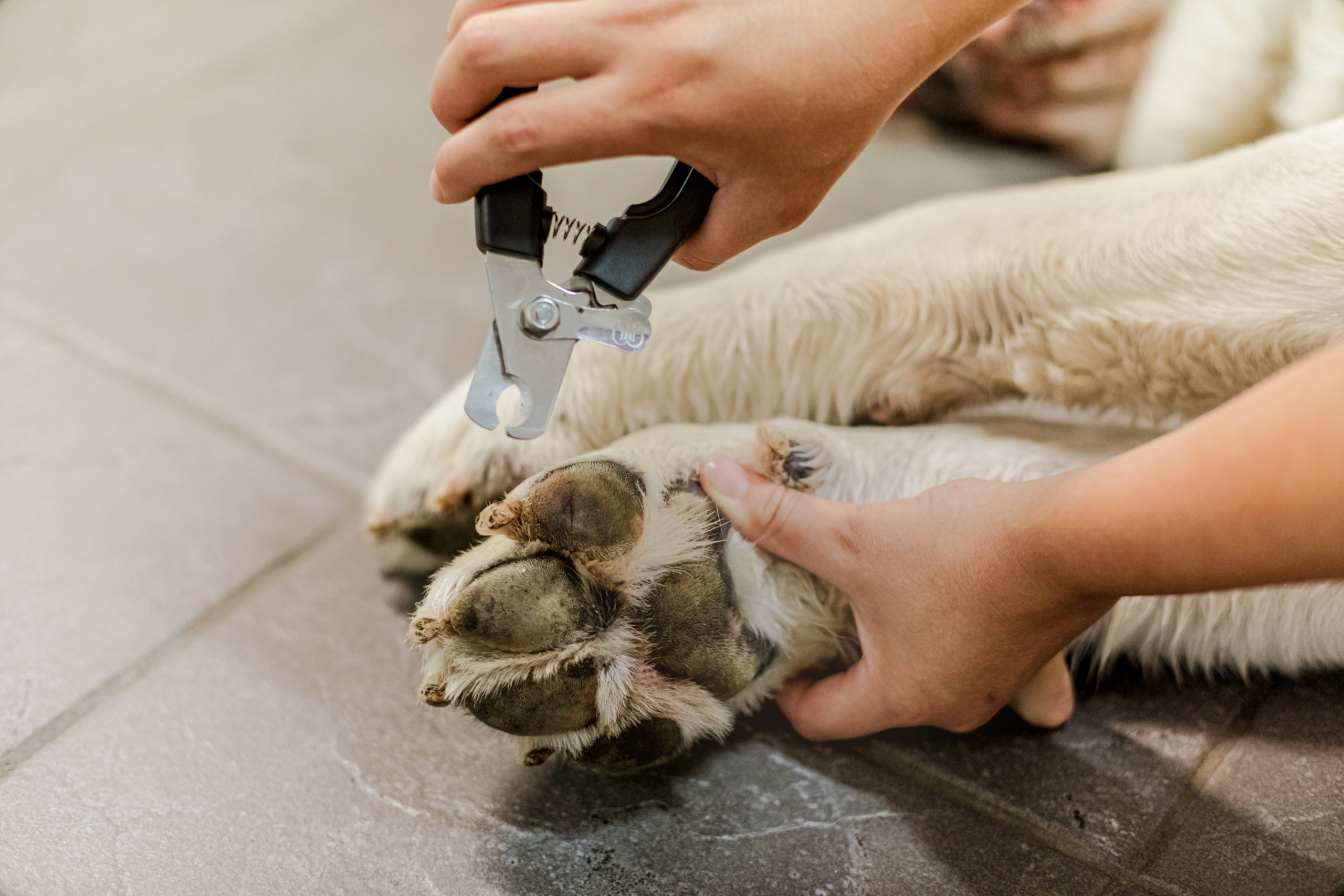
Physiotherapy
The Barry Foundation organises physiotherapy activities for the St. Bernards with a view to improving their mobility and quality of life while preventing musculoskeletal and neurological disorders. These activities are also used to treat and rehabilitate the dogs if they should suffer any health problems and to prepare them physically for hikes, time spent in the mountains and dog shows. Since 2019, over 300 hours per year have been devoted to animal physiotherapy.
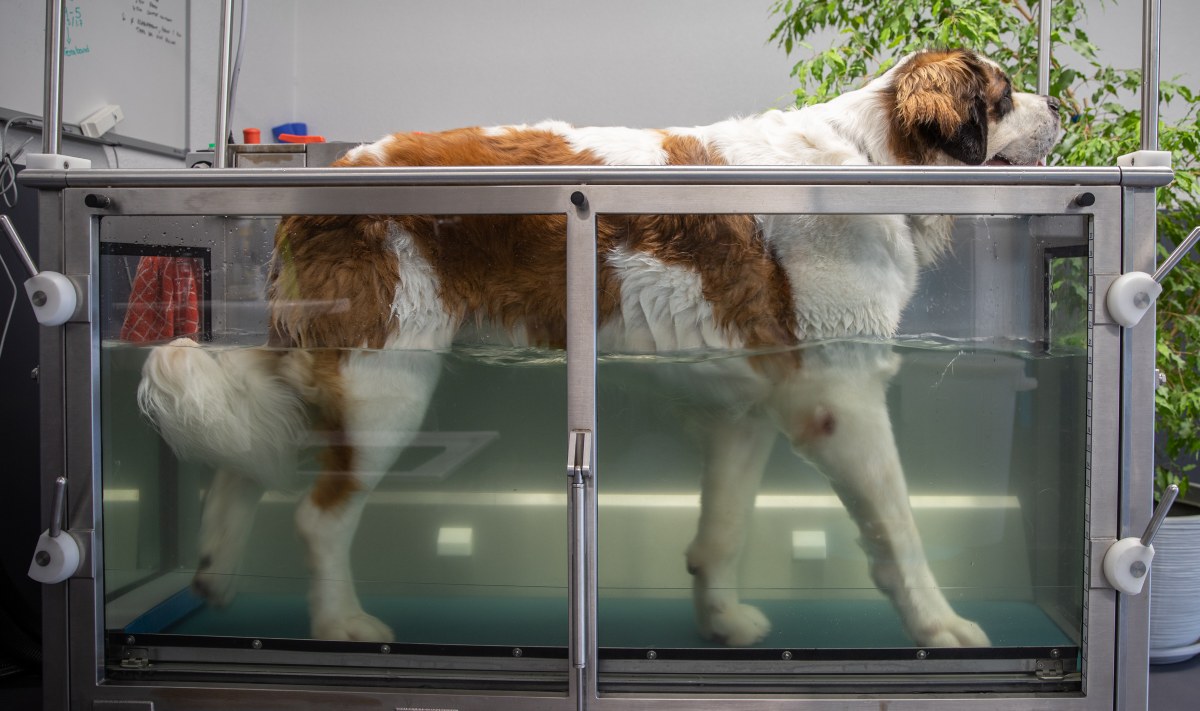
Hydrotherapy, which uses water as a therapeutic method, is one of the main techniques used. The dogs find water comfortable and pleasant, and the buoyancy reduces joint stress. Accordingly, hydrotherapy soothes joints by reducing the weight of the dog in the water. Another advantage of this practice is that water creates hydrodynamic resistance, demanding more effort from the dog in water. This causes an increase in muscular and cardio-pulmonary effort.
Treatments
The dogs may also suffer from intolerances, allergies, skin rashes or inflammations of the eyes. For the simplest cases, our animal keepers take care of the treatment. In the event of more complicated or unclear symptoms, our breeding director calls on a veterinarian.
Ethics
Before any major treatment, such as surgery, due consideration is given to the ethical consequences. Nowadays, veterinarians benefit from examination techniques, treatments and the possibility of operations that would have been unthinkable ten or twenty years ago. MRIs and scans are commonplace, for example.
At the Barry Foundation, our priority is always the dogs’ well-being. We must therefore ask ourselves what is to be gained in terms of the quality of life of our St. Bernards. Prolonging life at all costs can be unethical and selfish if it does not guarantee a good quality of life for the dogs.